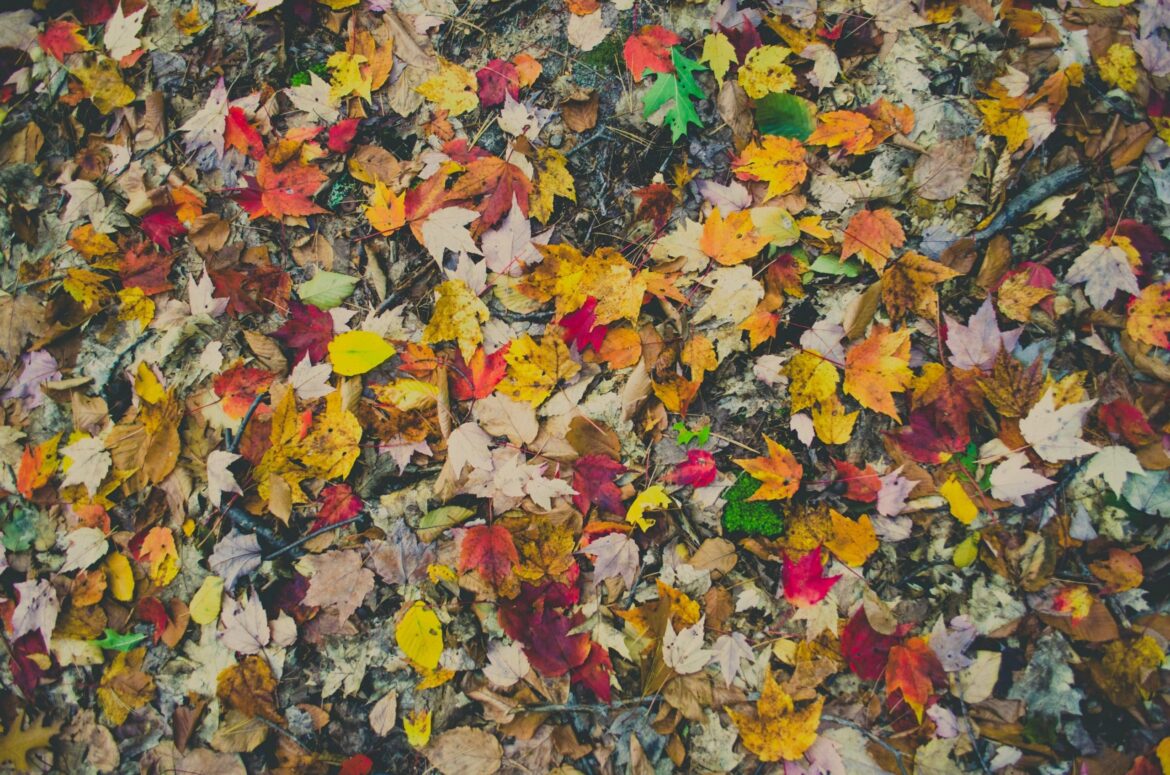From Justin Miller
Many parts of Alabama are known for their wonderful fall leaf color. People drive from all around to see the bright red, burnt orange and vibrant yellow colors. Many factors determine how beautiful the show of leaves will be each year.
Why Do Leaves Change Color?
While we love to watch the leaves change color, do we know why this process takes place? Mallory Kelley, an Alabama Extension home grounds, gardens and home pest’s regional agent, said that the color of leaves depends on the pigment found in the leaf along with the environmental conditions it is exposed to.
During the fall, less sunlight and cooler temperatures gradually cut off water and nutrients to the leaves as they begin to go dormant. At this point, leaves stop manufacturing chlorophyll and begin to break down. This process begins the color changes.
“The pigment chlorophyll produces the green color of leaves, which helps trees make food,” Kelley said. “During the fall, leaves stop producing chlorophyll and as the green starts to fade the yellow, orange and red pigments begin to show through.”
Red, Orange or Yellow?
Kelley said the type of tree is one of the factors that determine the fall leaf color.
“Hickory and ginkgo trees, for example, will always be yellow to brown and are not capable of producing oranges and reds due to their genetic makeup,” she said.
Each year there is almost always a guarantee to see the yellow colored leaves as chlorophyll starts to disappear. However, if drought conditions are present, they will affect the leaves’ show. Severe drought will cause most all the leaves to turn brown and fall off early. This is the case for many areas across Alabama this year.
The oranges and reds in the fall foliage are dependent on several factors. Color is a byproduct of chemicals that sugar formation in the leaf produces. Good growing conditions, along with warm sunny days and cool night temperatures, help produce more sugars. This results in richer leaf colors in plants like maples, Bradford pears, Chinese pistache and the Chinese tallow tree, better known as the popcorn tree.
“Two chemicals are primarily responsible for the oranges and reds in the foliage,” Kelley said. “Those are the carotenoids, which cause the yellow-orange color in trees, and the pigment anthocyanin, which produces the red to purple in the leaves.”
Often, you will see the most red color on the side of the tree that gets the afternoon, setting sun. The bright sunshine and warm temperature dropping into cool night temperature really makes the colors pop in the leaves.






